Search Images
Browse Content (p. 1760)

Image
Ajax and Achilles, Francois Vase
A detail from the handle of one of the finest surviving examples of Attic black-figure pottery, the Francois Vase (570-565 BCE) depicting Ajax carrying the body of Achilles during the Trojan War. (Archaeological Museum, Florence)

Image
Confucius, Buddha and Lao-Tzu
A Qing Dynasty print showing Confucius presenting Gautama Buddha to the philosopher Lao-Tzu.
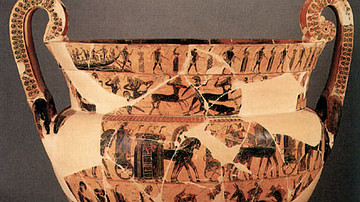
Image
François Vase
The François Vase is named after Alessandro François who found the vase in Chiusi in Etruria (central Italy) in 1845 CE. This Athenian volute-krater dates from c. 570-565 BCE and is signed by the potter Ergotimos and the painter Kleitias...
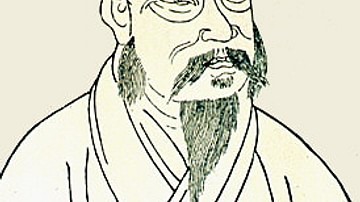
Image
Liu Bang (Emperor Gaozu)
A portrait of Liu Bang who became the Chinese emperor Gao of the Han (Gaozu). Victor in the famous battle of Gaixia in 202 BCE, he founded the Han dynasty which would rule China from 202 BCE to 220 CE.

Image
Mencius
From the Yang Xin Dian (Hall of Mental Cultivation) in the Forbidden City in Beijing, constructed in 1537 CE. Eight emperors of the Qing Dynasty lived here. The words "Yang Xin" come from the Mencius (a collection of the thoughts of the philosopher...
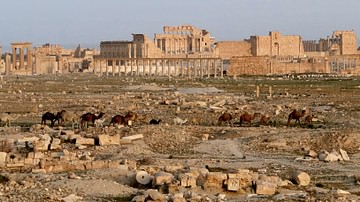
Image
Palmyra
View of Palmyra with the Temple of Bel, Syria. Palmyra (Aramaic: ܬܕܡܘܪܬܐ;Hebrew: תדמור; tiḏmor, Greek: Παλμύρα, Arabic: تدمر; Tadmur, /ˌpælˈmaɪərə/) was an ancient city in central Syria. In antiquity, it was an important city located...
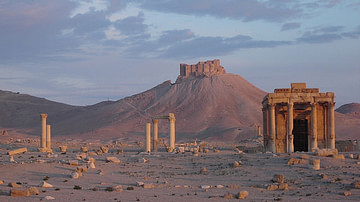
Image
Palmyra Castle
Photo of Palmyra's 13th century CE Mamluk castle with ancient ruins in the foreground.
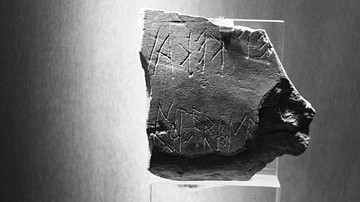
Image
The Earliest Attic Graffito on Stone from the Acropolis
This is an amazing example of one of the earliest examples of Greek writing, dating to the 8th C. BC. It is written "boustrophedon", which means, rather than being read as English is, from left to right, every other line is flipped over...
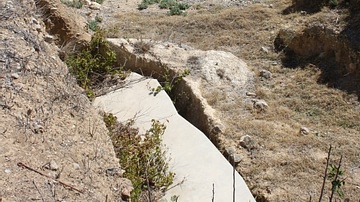
Image
Dendra: Chamber Tomb 12
Chamber Tomb 12 at the site of Dendra, is most famous as being the tomb from where the Dendra Panoply came from, and like that panoply, dates to around the end of the 15th century BC. Unlike the rest of the chamber tombs at Dendra, this one...
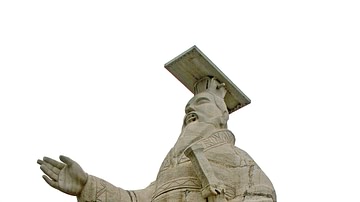
Image
Shi Huangdi
A statue of Shi Huangdi (259-210 BCE, also known as Qin Shi Huang, Qin Shih Huandi, Shih Huan-ti and Shi Huangti) who was the first emperor of a unified China. Xi'an, Shaanxi, China.